A City That Has Preserved Its Medieval Soul
There are places where time seems to slow down — and Viterbo is one of them. Walking through its historic center means stepping into a perfectly preserved medieval city, made of towers, arches, and houses built with *peperino*, the gray volcanic stone typical of the Tuscia area. Its narrow streets, stone-paved squares, and carved façades tell centuries of everyday life, trade, noble families, and artisans.
The charm of Viterbo lies in this balance between living history and silence — here, you don’t need to imagine the past, you just have to look around.
The San Pellegrino District: The Heart of Medieval Viterbo
The most authentic heart of the city is the San Pellegrino district, one of the best-preserved medieval quarters in Italy. Located in the upper part of the old town, it has retained its original structure, with tower houses, pointed arches, loggias, and flowered courtyards.
Walking along Via San Pellegrino reveals the true soul of Viterbo — artisan workshops, galleries, taverns, and small inns. It’s not a place designed for tourists, but for those who want to experience the city in an authentic way.
In the Middle Ages, the most influential families of the city lived here, building fortified houses side by side, separated only by narrow stone passages. Today, San Pellegrino is an open-air museum — every corner tells a story.
The Papal Palace and Piazza San Lorenzo
One of the most iconic landmarks of medieval Viterbo is the Papal Palace, built between 1255 and 1266, when the city became a papal seat. During those years, Viterbo even hosted papal conclaves — several Popes were elected here, and it was in this very building that the term *conclave* (“locked with a key” in Latin) was born.
The palace façade, with its seven-arched loggia, is one of the city’s most recognizable views. Next to it stands the Cathedral of San Lorenzo, in Romanesque style, with its peperino-and-marble bell tower. The square that joins them, Piazza San Lorenzo, is an enchanting place — especially at sunset, when the light reflects off the ancient stones.
The Macchina di Santa Rosa: A Tradition Linking Past and Present
Every year, on the evening of September 3rd, Viterbo relives its history through the Macchina di Santa Rosa — a towering, 30-meter-high structure carried through the streets by one hundred men, the “Facchini.” It’s a unique event, recognized as UNESCO Intangible Cultural Heritage, combining faith, strength, and spectacle in a single emotion.
As the tower passes, the medieval streets fill with people, windows light up, and the scent of candles fills the air. Those who visit Viterbo during these days experience something intense — a rare blend of spirituality and community spirit.
B&B Viterbo Antica: Staying in the Heart of the Old Town
To truly experience the atmosphere of medieval Viterbo, stay right in its heart — in the San Pellegrino district. B&B Viterbo Antica, located at Via San Tommaso 73, offers rooms and apartments inside carefully restored historic buildings, featuring stone walls, wooden beams, and elegant, welcoming interiors.
The property is part of a small “albergo diffuso” (scattered hotel), with residences located just a few meters from each other. From the windows, you can admire the medieval rooftops and towers of the village — and at night, enjoy the silence of the stone walls. In the morning, breakfast is served in-room, with homemade pastries, local jams, and freshly brewed coffee — the simplest and most authentic start to the day.
What to See and Do in the Medieval Center
Beyond the San Pellegrino district and the Papal Palace, there are several other places worth visiting:
-
Piazza del Gesù — one of the oldest squares in the city, marked by the tower where Henry of Cornwall was killed in 1271.
-
Via Cavour — the main street linking the medieval quarter with the modern squares, full of small shops and trattorias.
-
The Museum of the Colle del Duomo — showcasing artworks and documents about the history of the papal city.
In spring, the district also hosts the San Pellegrino in Fiore Festival, when balconies and courtyards overflow with flowers and decorations — a perfect time to photograph the old town in full bloom.
An Atmosphere That Lasts Through Time
Walking through Viterbo is an experience that combines history and tranquility. There’s no need for a set itinerary — just wander aimlessly and you’ll discover carved doorways, loggias, and small frescoes. Every stone tells a story, and every street seems to lead to a secret square.
Viterbo is not a city to rush through — it’s a place to experience slowly, pausing in a local trattoria or artisan workshop. This rhythm — made of silence and authenticity — is what makes it so enchanting.
Medieval Viterbo is a rare treasure where time has stopped without turning into a museum. Among towers, churches, and courtyards, you can still breathe the atmosphere of past centuries. And after a day of walking, if you wish to find the same peace again, B&B Viterbo Antica welcomes you among the same stones that once saw the birth of the City of the Popes — a place where history is not just to be visited, but to be lived.




